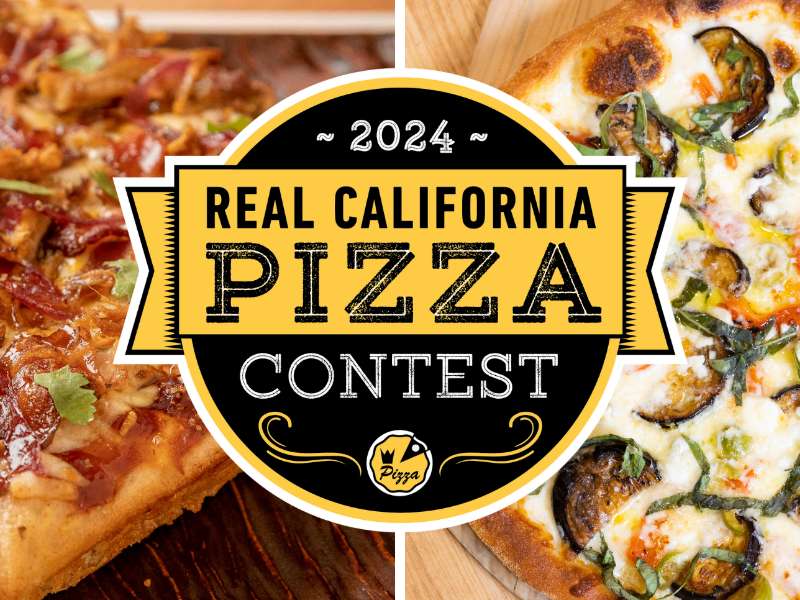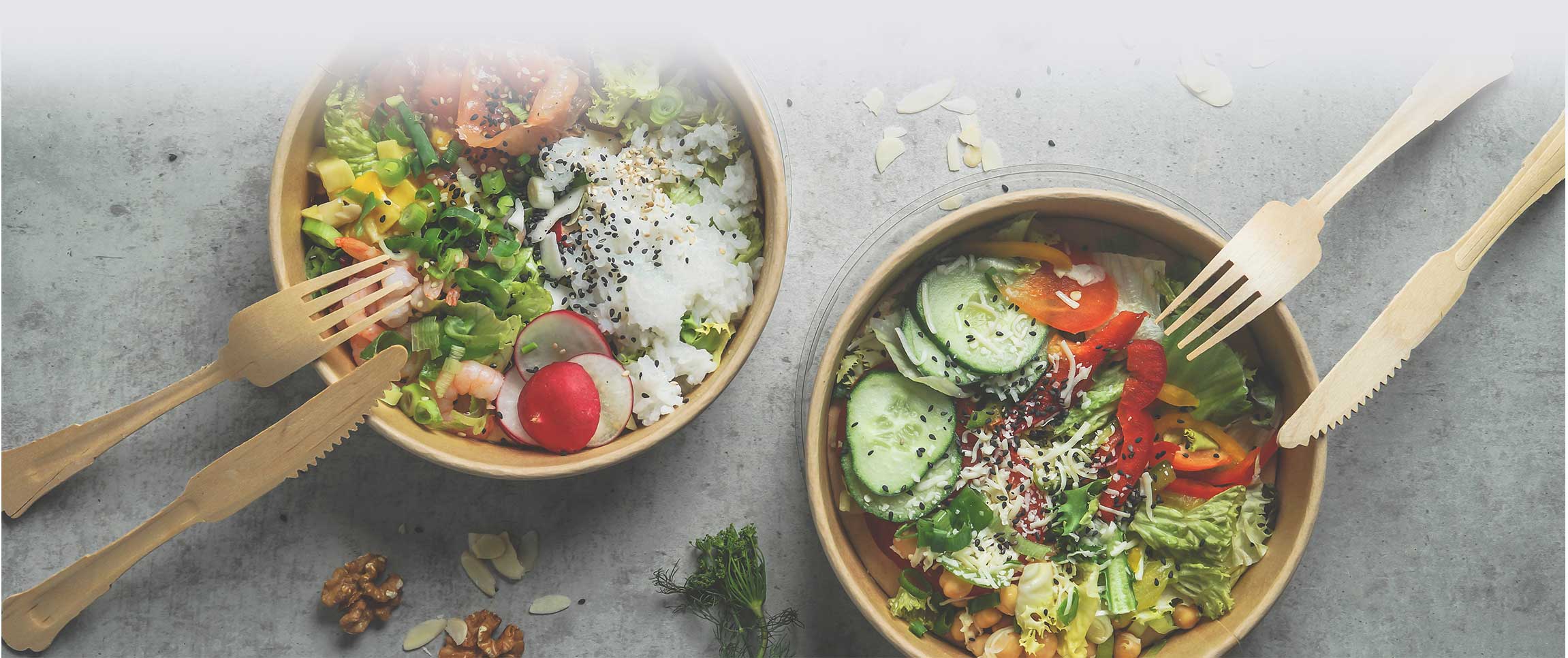Sustainability is no longer a trend — it's a crucial consideration in the business. As overall awareness of environmental impact grows, many consumers want restaurants to adopt more sustainable practices. The good news is they are also willing to pay for it.
You don't need a complete overhaul, however, to win over hearts with sustainability. According to recent research, food waste and delivery packaging are the most important issues for Gen Z diners, so start with a focus on these issues, and you'll be well on your way to sustainable success.
Waste Not
According to the USDA, around 84.3% of unused food in restaurants is discarded. You want a quick win? Reduce what you waste. Composting and donating are great options, but if those aren't realistic programs you can tackle, don't sweat it.
Start by planning a menu that cross-utilizes as many ingredients as possible. Bake that zucchini gratin as a side, but batter and fry the stems as an appetizer. Serve eggplant Parmesan as a vegetarian entrée and also puréed baba ghanoush with pita. Offer half orders and smaller portions of dishes where you can, to give folks with smaller appetites an option at a lower price with less potential for waste.
Of course, keeping track with a food waste inventory is key. Not only does it dial in exactly where the majority of your waste is originating from, it allows you to manage cost and — most importantly — celebrate your wins. Set a goal and give the staff an incentive if that goal is reached. Then make sure to share your endeavors on socials. Content that shows your staff getting excited to curb the most food waste will appeal massively to the diners you want to reach.
Pitch Packaging
Packaging — particularly single-use plastic — contributes significantly to environmental waste. In fact, containers and packaging make up nearly a quarter of material in U.S. landfills. Diminish your footprint by ditching standard containers in favor of cleaner options. First Mark® To-Go Containers, for example, are made from light-weight materials that use 30% less plastic and are recyclable. And alternative to-go containers that are plant-based and/or compostable are abundant these days, so you have plenty to choose from there. While they may seem more expensive up front, they will pay off in the long run.
Another option is to implement a reusable container program — one that offers incentives, discounts, or loyalty points for guests who bring their own containers. One chain in Philadelphia with nine locations asks diners to purchase their containers at a one-time fee, then return them for maximum uses. The program has started off successfully with 8,000 containers already out in rotation. Put trust in your guests that they are ready to do their part. You could also have travel sets of non-plastic cutlery available for purchase and give a discount on deliveries that check the "no silverware needed" option.
Explore Efficiency
Though food waste and takeout packaging are the Big Two, there are so many ways you can move further into sustainability at your own pace. Major cooking appliances account for almost 35% of the average restaurant's energy bill.
Check with participating dealers who offer instant incentives for replacing your outdated equipment with higher-efficiency versions. Not only will you save money at purchase, you can cut back on water usage and energy costs — you can even reduce cooking times and increase production rates. Using timers and sensors — some of which you can control through apps — for heating, lighting, and appliances can also save even more energy — and money.



